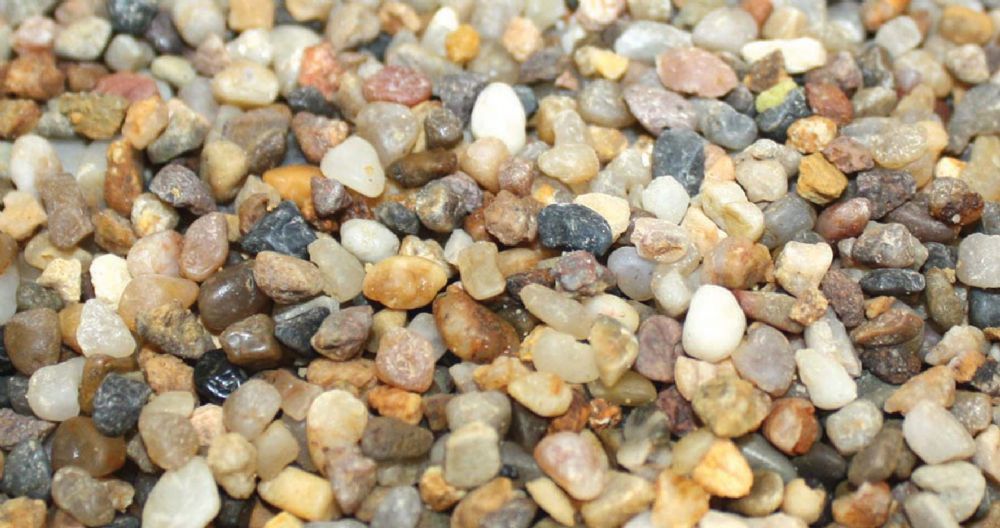
Gravel & Sand
Fish tank gravel provides a home for the beneficial bacteria that help to eliminate waste produced by your fish, leftover food and plant debris. It’s available in a variety of colours and styles to suit the theme of your tank.
Gravel is an essential part of an aquarium that provides a home for healthy bacteria, which breaks down toxic waste produced by your fish, to flourish. You should purchase enough natural gravel to generously cover the bottom of your tank.
Aquarium Substrate: Quick Guide!

The aquarium substrate is generally the first step when setting up your empty freshwater fish tank. You must have some kind of substrate if you want to keep water plants, give your aquarium a natural look, and add driftwood, rocks, or other decorations to your tank.
The substrate is very important for the well being of the fish tank because it affects the water quality or you will not have a functioning fish tank.
Unless you use a fish tank for auxiliary purposes like for quarantine or raising fry, you definitely need aquarium substrate.
The aquarium substrate acts as a natural filter by collecting the organic waste that falls down; is a source of food for the aquarium plants, and imitates the natural fish habitat.
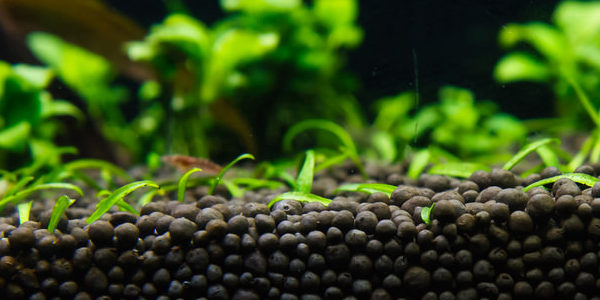
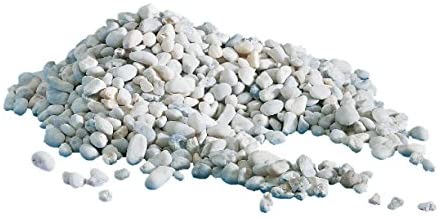
Noa Gravel (1kg)
Wave
£4.09
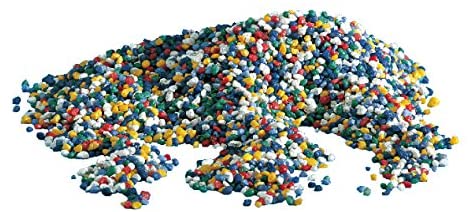
Color Fine Gravel (1kg)
Wave
£1.94
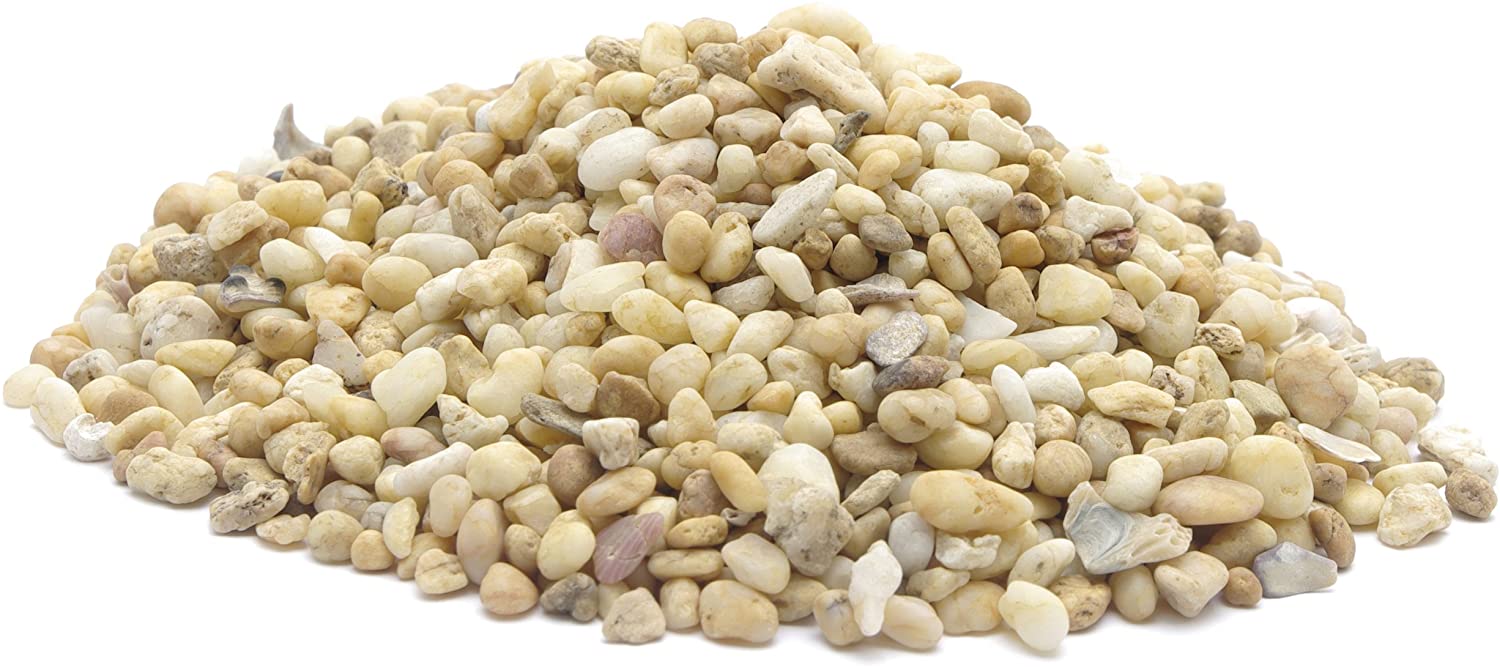
Desert Pebble (2kg)
Marina
£4.09

Beach Pebble (2kg)
Marina
£8.32
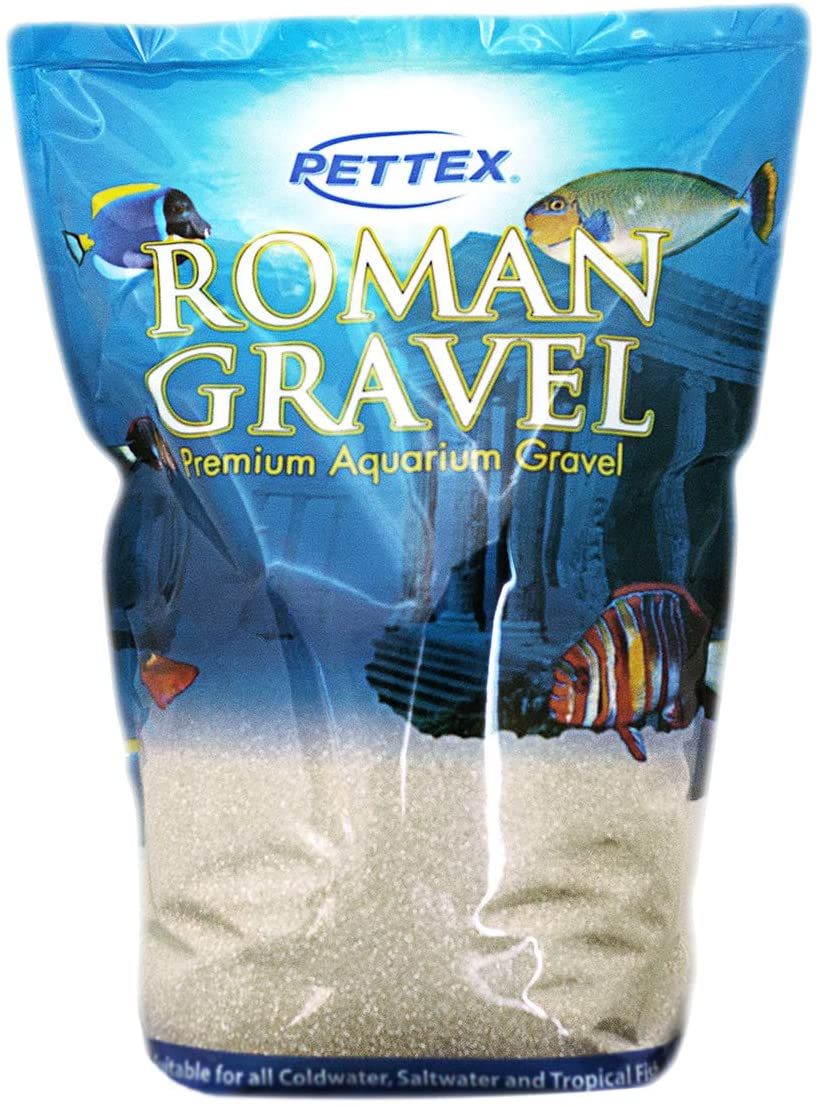
White Quartz Sand (8kg)
Pettex
£11.43
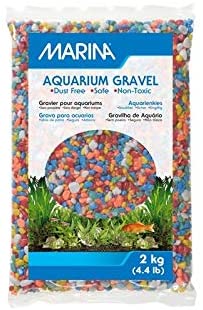
Multi-Colour Gravel (2Kg)
Marina
£4.09
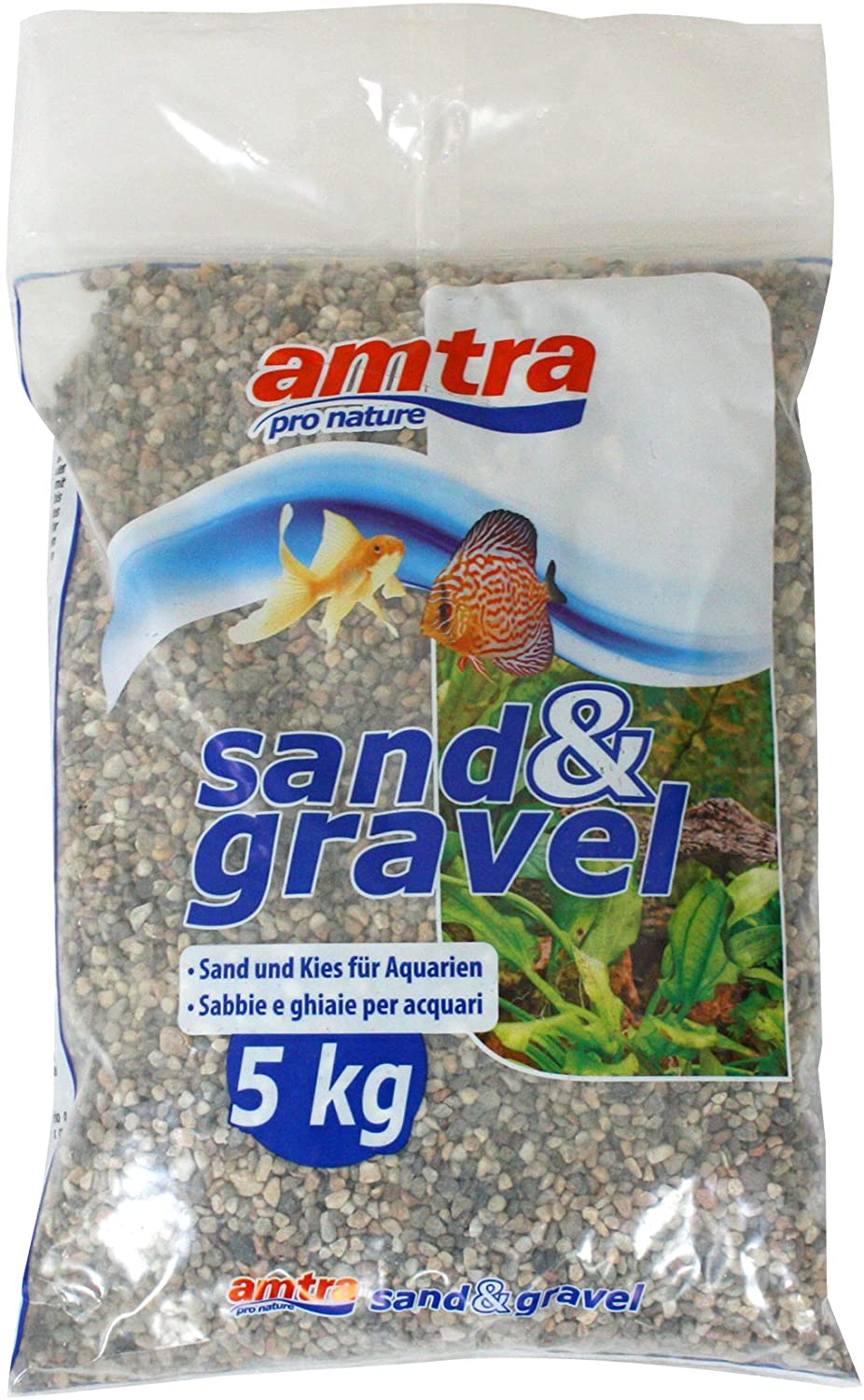
Polychrome Sand & Gravel (5kg)
Wave
£8.79
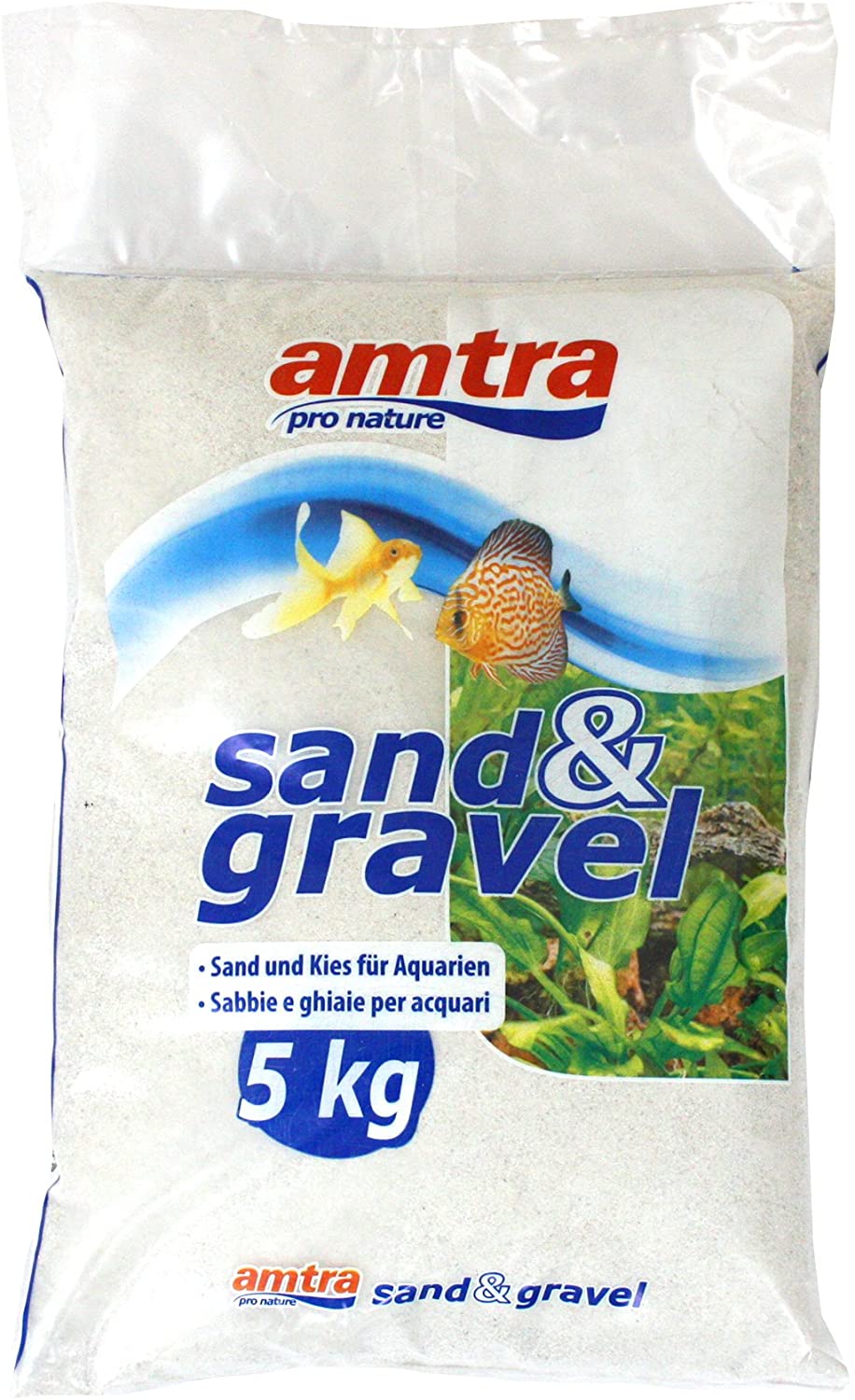
Fine Sand Substrate (5kg)
Wave
£4.73
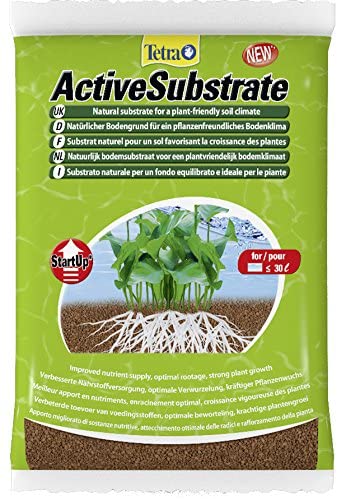
Active Substrate (2.5kg)
Tetra
£5.19
How Much Substrate Should Be Used?

A general substrate rule is to have a depth of approximately 1.5in – 2in. If you plan on having plants with strong lengthy roots, you will need to consider adding a bit more substrate depth.
Sand depth will be slightly less in order to avoid problematic anaerobic patches from forming. A sand substrate should generally have 1-1.5in depth.
The formula for calculating required substrate/gravel for your aquarium:
To work out how much sand or gravel you’ll need to buy in order to achieve a two Inch (2″) gravel depth in your fish tank, please use the following formula:
1) Multiply tank length by tank width (in inches); Example: 47″ in. x 19″ in. = 893
2) Divide the answer by 10; 893 / 10 = 89.3
3) Convert to kilogrammes by dividing answer by 2.2; 89.3 / 2.2 = 40.5kg required.






